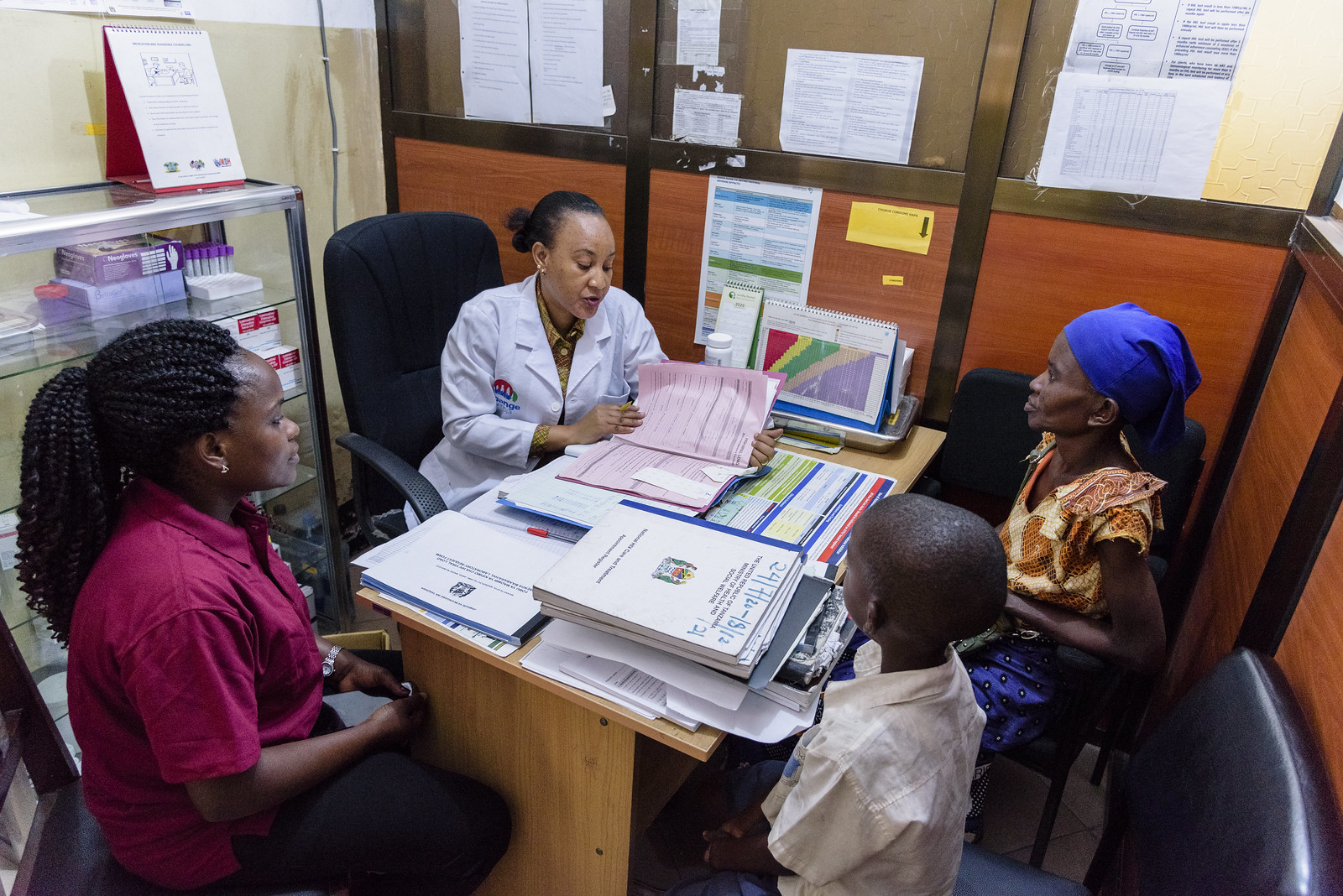Socioeconomic Support and Tuberculosis Preventive Therapy in Tanzania

USAID Office of HIV/AIDS in Dar es Salaam, Tanzania | Michael Goima
Study Context
Despite the wide use of Antiretroviral Therapy (ART), Tuberculosis (TB) remains a public health challenge leading to increased morbidity and mortality among People Living with HIV (PLHIV), especially in Sub-Saharan Africa. Preventive therapy reduces the risk of TB among PLHIV; however, socioeconomic barriers often inhibit patients from completing the full course of therapy. In Tanzania—where one in three TB patients are HIV-positive—recent coinciding policies have scaled up both the delivery of TB preventive therapy and the role of community health workers (CHWs) to support retention in care among HIV-positive patients.
Study Design
Building on a current collaboration studying financial incentives for PLHIV in Western Tanzania, this study evaluates whether a socioeconomic intervention comprised of financial incentives plus optimized CHW engagement improves adherence to TB preventive therapy among PLHIV. Using a quasi-cluster randomized trial (CRT) design, the study includes 19 HIV primary care facilities: 16 control sites from a larger CRT (Packel et al., 2020) and three randomly selected facilities meeting the same eligibility criteria allocated to this study’s intervention. Eligible participants are adults who recently started HIV treatment, have access to a mobile phone, and intend to continue treatment at the same facility. All study facilities use a tablet-based mobile health technology (mHealth) system to enroll participants and monitor attendance. Participants at control facilities otherwise receive usual HIV care, while those at intervention facilities additionally receive (1) automated mobile payments upon monthly clinic attendance of 22,500 TZS (US $10) for up to 6 months plus (2) early pairing with a CHW for participants at high risk of dropping out of care.
Results and Policy Lessons
From May to November, 2021, this ongoing study enrolled 808 participants (intervention N=93, control N=715). Participants are 56% female with a mean age of 38 years. Participant follow-up will continue for 6 months after enrollment.

